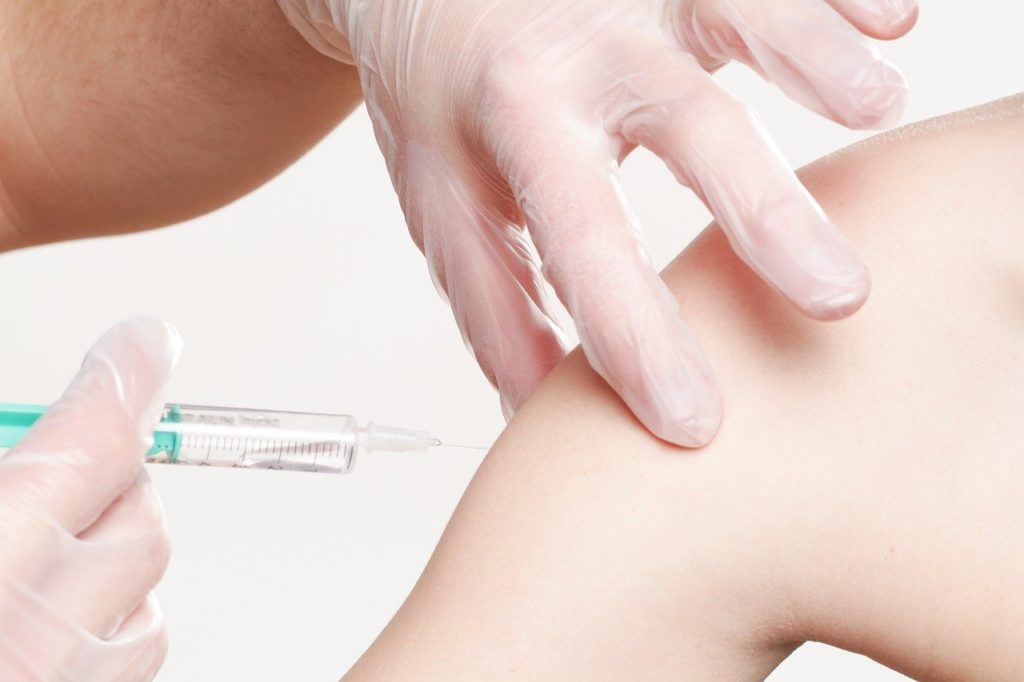Monday morning brought the sweet, sweet news that Pfizer’s RNA-based COVID-19 vaccine has turned out to be extremely effective in its Phase 3 trial. While the news itself has been all over social media and has resulted in an instant 5% jump in the stock market, much of the press coverage has actually been not enthusiastic enough on just how great this news is.
This vaccine not only works, it works so well that it may allow a return to normal life for vaccinated people before herd immunity in some cases, and it will most likely be mass distributed beginning in just a few weeks.
Pop the champagne; ring the bells; light the fireworks; blow the trumpets. This is big. It is not an exaggeration to say that every single person in the world should be very happy about this.
Safety and efficacy
In our reporting, we’ve emphasized that while a vaccine would eventually end the pandemic, the effectiveness of the vaccine, embodied in the odds ratio for COVID-19 endpoints, would determine whether vaccinated individuals could resume a relatively normal life before herd immunity.
In the interim analysis triggered by the attainment of 94 COVID-19 cases among vaccinated individuals, Pfizer announced that the vaccine appeared to be about 94% effective at preventing COVID-19 diagnoses. This number has a large error margin, because of the small numbers involved. It should get refined as the trial results continue to accrue, but Pfizer did feel comfortable announcing that the vaccine is at least 90% effective. Moreover, the efficacy sets in fast; just 28 days after the first of two shots.
This is huge. A 90% efficacy number means it’s plausible for vaccinated people to be justified in partially resuming normal life even before the public in general attains herd immunity. This will be especially true for low-risk people. If, e.g., a big burn happened in which 70% of the population got COVID-19, and if the vaccine was 94% effective as estimated, a vaccinated person might incur only a 4.2% chance of getting COVID-19 if they took the same risk as the average person. If the remainder of the pandemic in the USA is cumulatively no worse than what has happened up to now, that risk might be under 1%.
With these kinds of numbers, it seems likely that even a prudent person might feel justified in resuming some canceled activities after vaccination.
In addition, the vaccine appears to be safe. Pfizer reported not a single serious adverse event in over forty thousand vaccinated people on the trial.
Distribution timing, methods, and scale
We won’t have to wait long for this vaccine to be distributed widely. Pfizer says that if the FDA cooperates with a speedy review of its emergency use authorization request, and if the results are positive, it will be able to distribute the vaccine in December, and will have 40 million doses ready by the end of the year, with over 100 million coming in the early months of 2021. Each person needs two shots.
Pfizer has declined to participate in the federal government’s Operation Warp Speed initiative and will manage distribution itself, distributing insulated cryo-storage containers with hundreds of doses of vaccines inside directly to clinics by rapid shipping, with GPS tracking on every container. This method is necessary because of the extremely cold storage requirements of the unstabilized RNA-based vaccine, and is expected to work better at hospitals and in urban areas than in small rural clinics.
While the criteria for vaccinating individual people will not be centralized (at least not strictly), it is widely expected that vaccinations will be available first to healthcare workers and high risk people (elderly and immunocompromised), with availability for the lower-risk general public evolving gradually afterward.
Antivax is probably a paper tiger at this point
With the safety and efficacy of the Pfizer vaccine coming in so strong, it’s now unlikely that the antivax movement will form a meaningful impediment to the distribution of this vaccine or the attainment of herd immunity on a nationwide basis.
While there will doubtless continue to be people who don’t want the vaccine, a safe vaccine with 94% efficacy is unlikely to run short of volunteers any time soon, and will need to vaccinate only about two thirds of the public to attain herd immunity. A lot of people can abstain without ruining the party.
What may be of ongoing concern in the long run are localized communities with high concentrations of antivax people, which may still be subject to spread of COVID-19 even after herd immunity is attained in the country or the world at large, as is seen with diseases like measles.
What about this winter?
Even in a best-case scenario, the vaccine will not stop the massive COVID wave that’s currently building this winter. It won’t be available quickly enough at scale to stop the train of cases and deaths that’s already bearing down on us. But if given to healthcare workers in December, it can help blunt some of the impact by keeping hospitals staffed and mitigating the effects of the looming PPE shortage.
So you still have to remain vigilant and prepare for a pretty grim winter, but that should be easier to do knowing that spring should bring fresh hope of a return to normalcy for progressively larger segments of the US.
Lots of remaining questions
Lots of questions still remain, like:
- Does the 94% figure trend up or down as more results come in?
- How does the efficacy figure at preventing infection overall translate to preventing severe clinical cases and death?
- How well will the manufacturing estimates hold up?
- Will the rest of the vaccines do so well on safety and efficacy, or is the Pfizer vaccine an outlier?
- Do any serious safety signals emerge over time?
The integration of these answers will determine how long it is until the whole USA and the whole world have herd immunity. But this trial result is, all by itself, a very large step forward.


You are reporting the comment """ by on